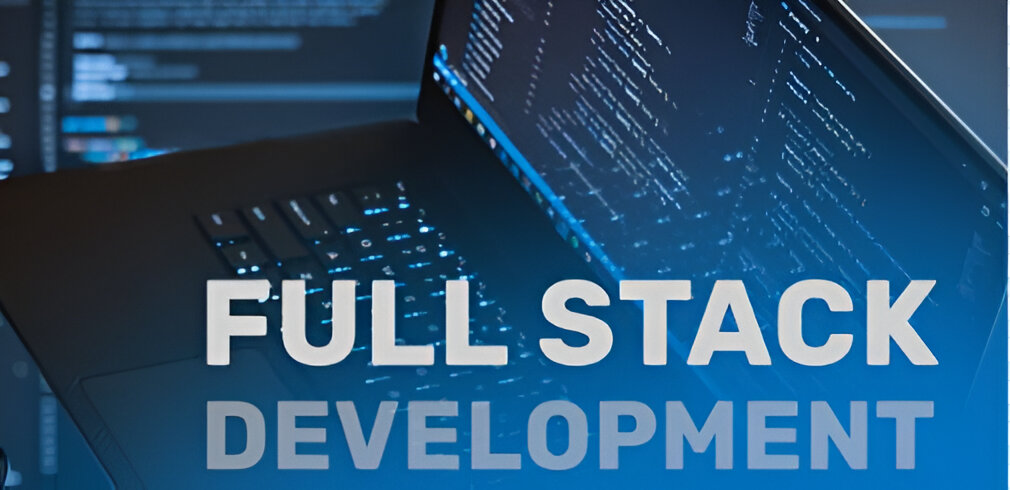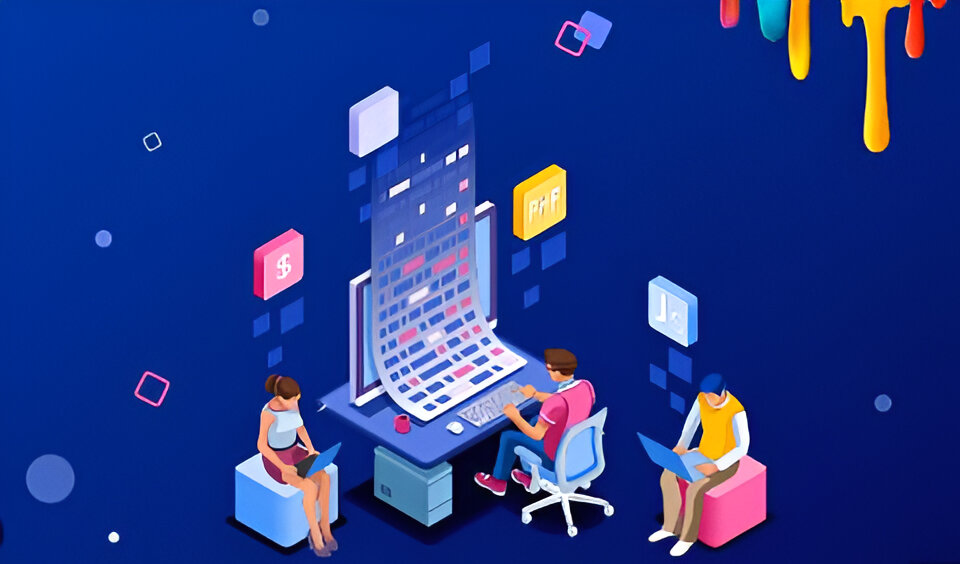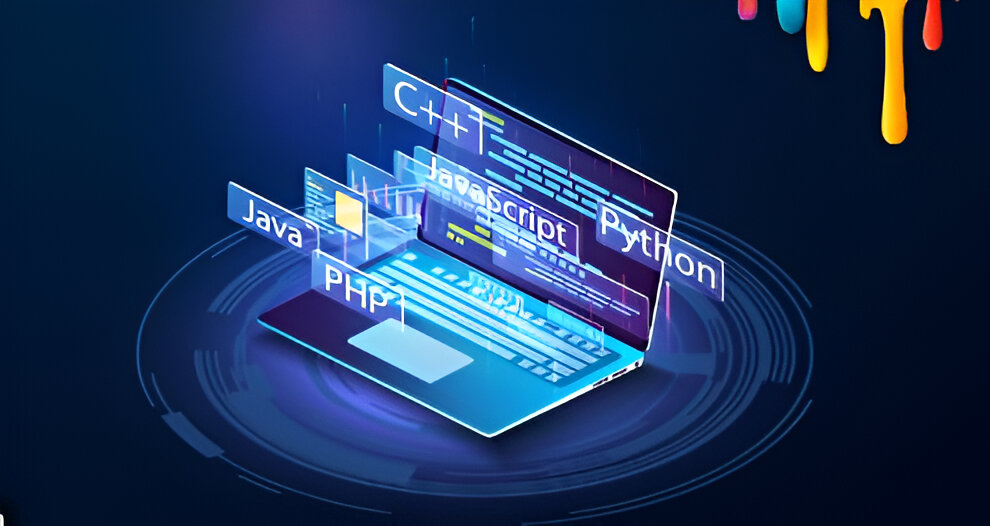The Comprehensive Guide to Full Stack Developer’s Role - NS GLOBAL CORPORATION

The position of a Full Stack Developer has become among the most desired in the IT sector nowadays, due to changes that are taking place at a high speed. This is because Full Stack Developers understand both front-end and back-end development thus they can oversee the whole development process from its inception up to its completion. Their versatility is priceless for companies particularly those whose aim is to make their operations more efficient regarding software creation.
Definition of a Full Stack Developer:

A Full Stack Developer is like a digital architect who can build both the foundation and the beautiful façade of a web application. They possess a diverse skill set that enables them to work on all aspects of development, from crafting the user interface to managing server-side logic. This dual expertise allows them to understand how different parts of an application interact, which is crucial for creating seamless user experiences.
On the front end, these developers use technologies like HTML, CSS, and JavaScript frameworks such as React or Angular to design engaging and responsive interfaces. They think about how users will interact with the application and strive to make that experience as intuitive as possible. On the back end, they delve into server-side programming and database management, using languages like Node.js or Python to handle data and application logic. This ability to navigate both worlds gives them a holistic view of the project.
Moreover, Full Stack Developers are comfortable with deployment and maintenance. They use version control tools like Git to track changes, ensuring smooth collaboration within teams. Their knowledge of cloud services and containerization allows them to deploy applications efficiently. In short, a Full Stack Developer is a versatile problem-solver who brings ideas to life, making them an invaluable asset in any tech team.
Key Responsibilities of a Full Stack Developer:

Front-end Development: A web application’s front end is what users interact with directly. Responsive, intuitive and interactive user interfaces are designed by full stack developers through the use of front end technologies such as HTML, CSS and JavaScript among others. Among the commonly used frameworks and libraries in front end development include React, Angular as well as Vue.js.
Back-end Growth: Server-side of application is known as back-end. The back-end works with database; it processes business logic and deals with user authentication. Thus the full stack developers are adept in such back end programming languages as Node.js Python Java Ruby on Rails or PHP who use MySQL, MongoDB or PostgreSQL databases for data storage.
The deployment versioning control system tool: the full stack developers are in collaboration what they employ such as Git for code management, tracking modifications and working with others properly.
Managing database: They create, inquire and run their databases with the assurance about efficient keeping, extracting and manipulating their data. Sometimes they work with SQL based relational databases or some cases may involve NoSQL databases including MongoDB based on a project’s specifications.
API Creation and Joining: Full stack developers regularly construct and interact with APIs (Application Programming Interfaces), permitting various software systems to interchange data with one another. RESTful APIs alongside GraphQL are usually utilized in this case.
Administration of Server and Cloud: They are responsible for configuring and managing web servers like Nginx or Apache while also understanding cloud platforms such as AWS, Azure, or Google Cloud for application deployment and scalability.
Why Are Full Stack Developers So Precious?

Flexibility: Full stack developers have the ability to work on both front end as well as back end which makes them very flexible and multi-talented. They are aware of the entire process of a project making them quick at identifying and fixing issues.
Speed: Full stack developers reduce the time it will take to develop applications since one person carries out different task without shifting it to another person.
Cost-effective: For smaller organization or start-ups, hiring full stack developer is an affordable option because it will save you from recruiting two different professionals such as front-end and back-end experts.
Better Communication: Full stack developers are usually awesome team players since they often know everything about web development; thus, they can facilitate teamwork between design team, frontend developers and backend developers.
Difficulties Encountered by Full Stack Programmers:

Despite the numerous advantages associated with full stack developers, there are still various challenges that come with this career:
Keeping Up with Changes: As a result of working in different domains, it is important for full stack programmers to constantly upgrade their skills in rapidly changing front-end and back-end technologies.
Managing Time Effectively: in larger projects where lots of responsibilities are allocated, it can be hard to balance different demands.
Breadth versus Depth: The issue some developers face is that they find it challenging to become very conversant in every aspect because they have to divide their time between front-end and back-end systems.
Conclusion:

This requires a vast range of skills both broad and deep in numerous technologies for one to become a full-stack developer. It is an extremely satisfying profession that guarantees flexible working hours, job stability and promotion as well. The need for full-stack developers will keep on rising as companies focus their attention on speedy and effective software production. You might be at web development entry point or intention to stretch your expertise further but being proficient in both the front end and back end will give countless opportunities in technological domain.
Leave A Comment